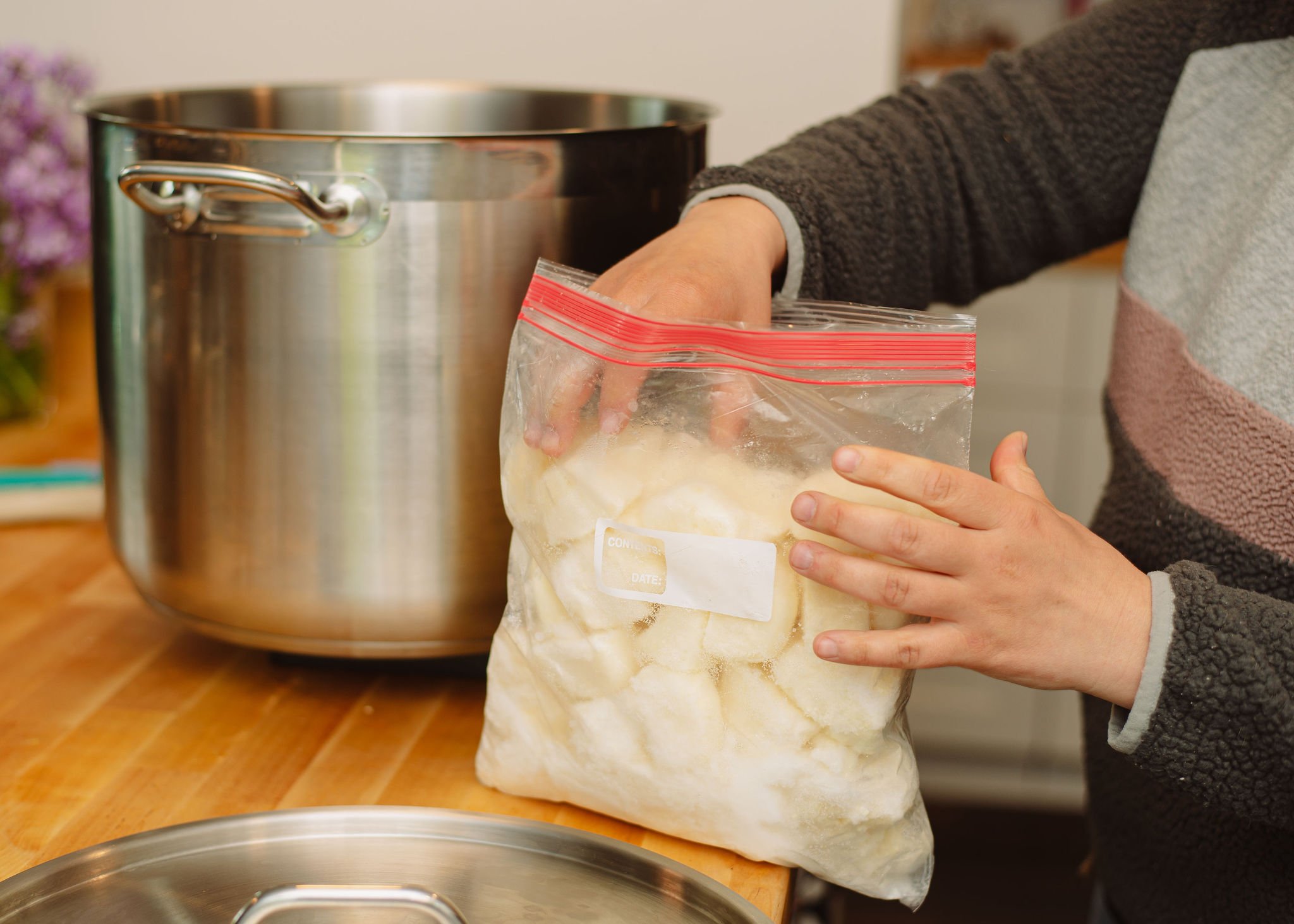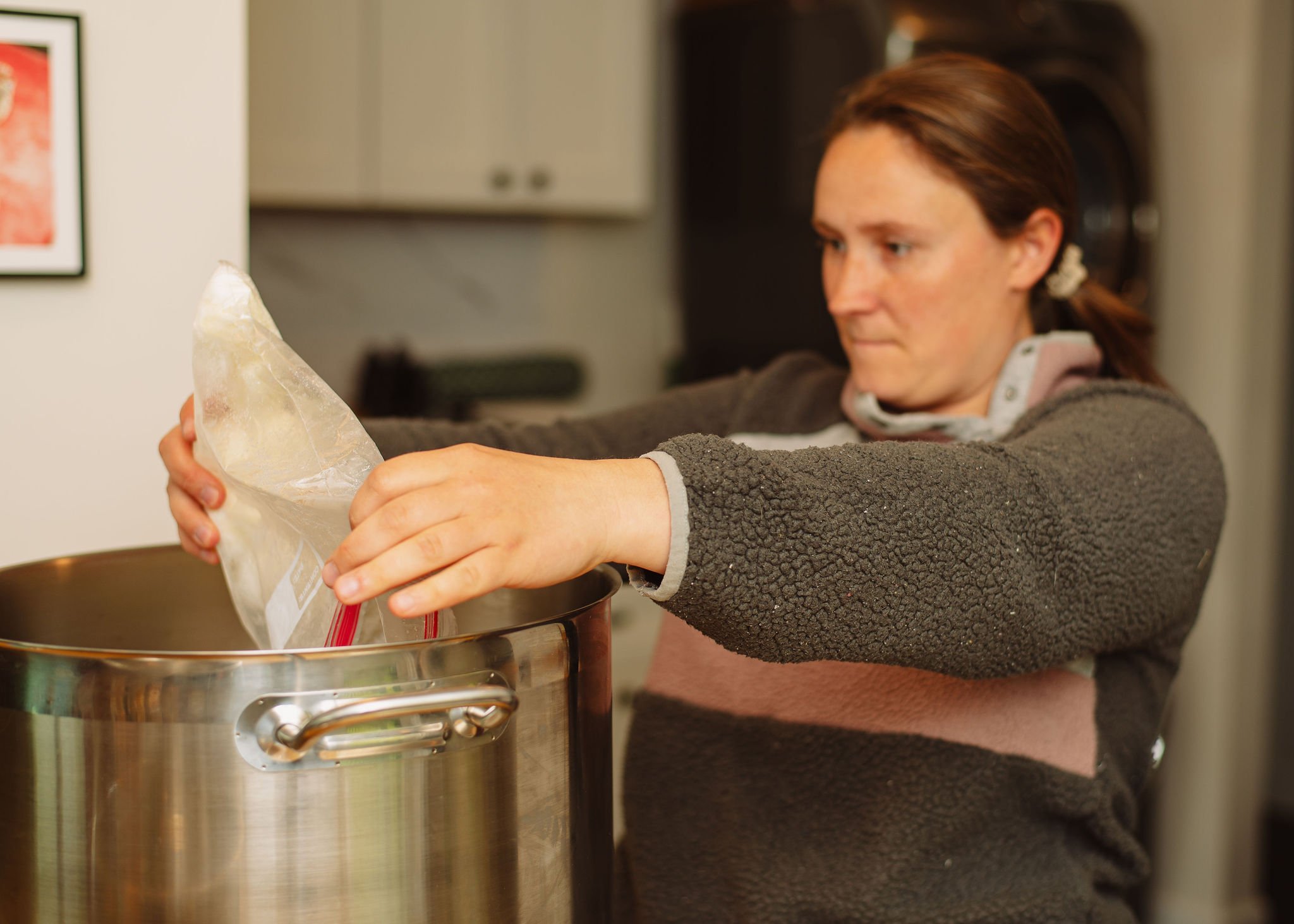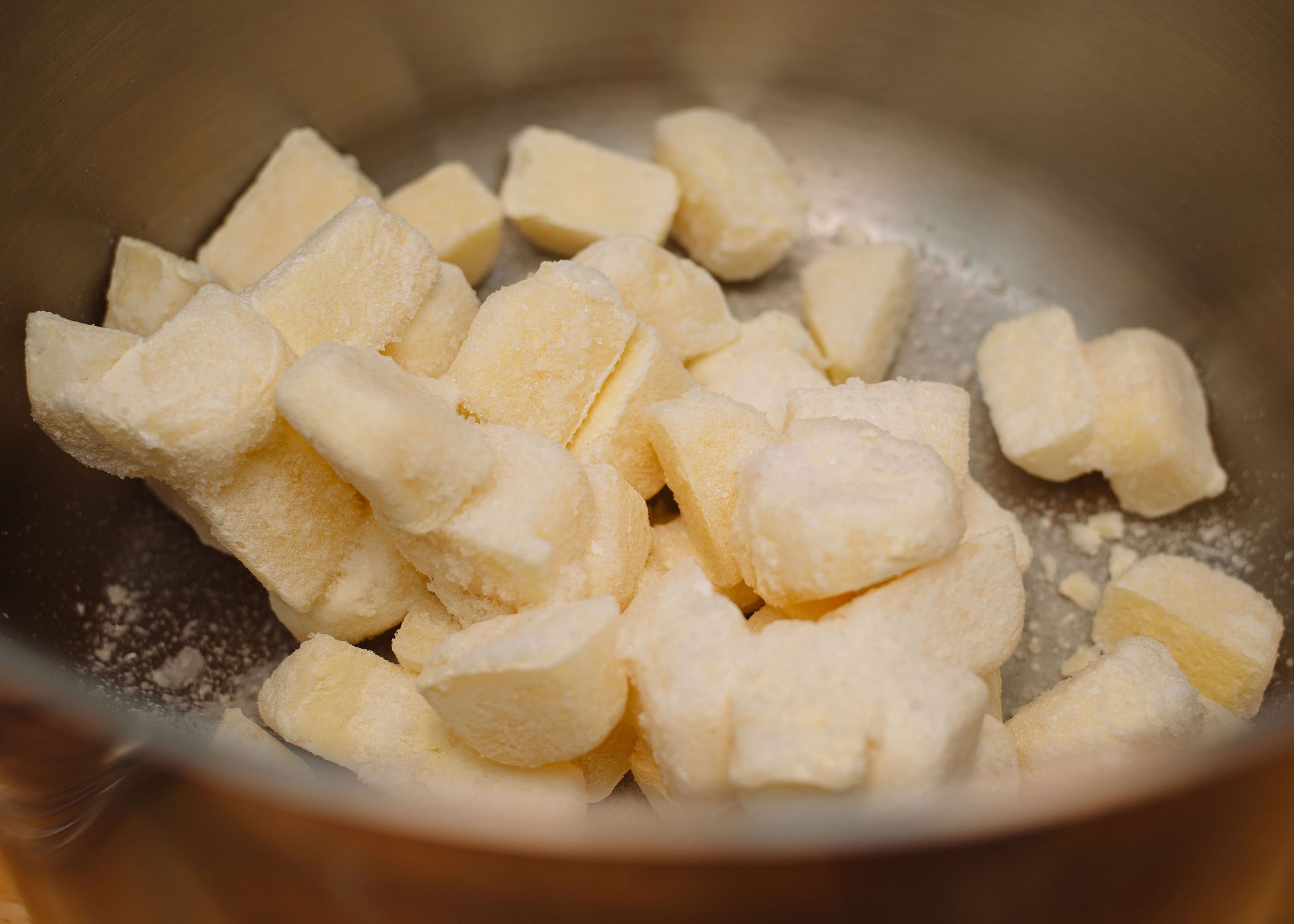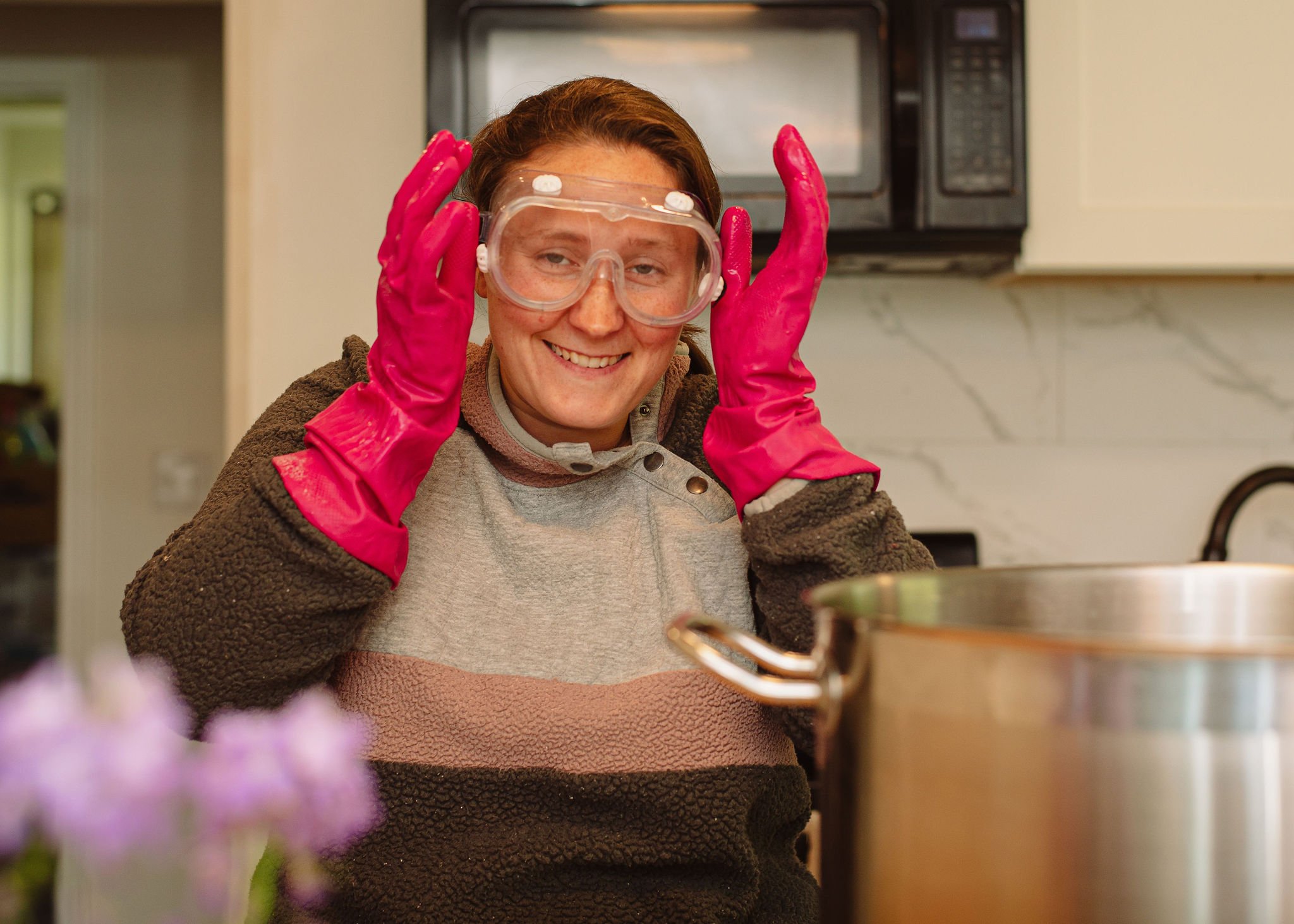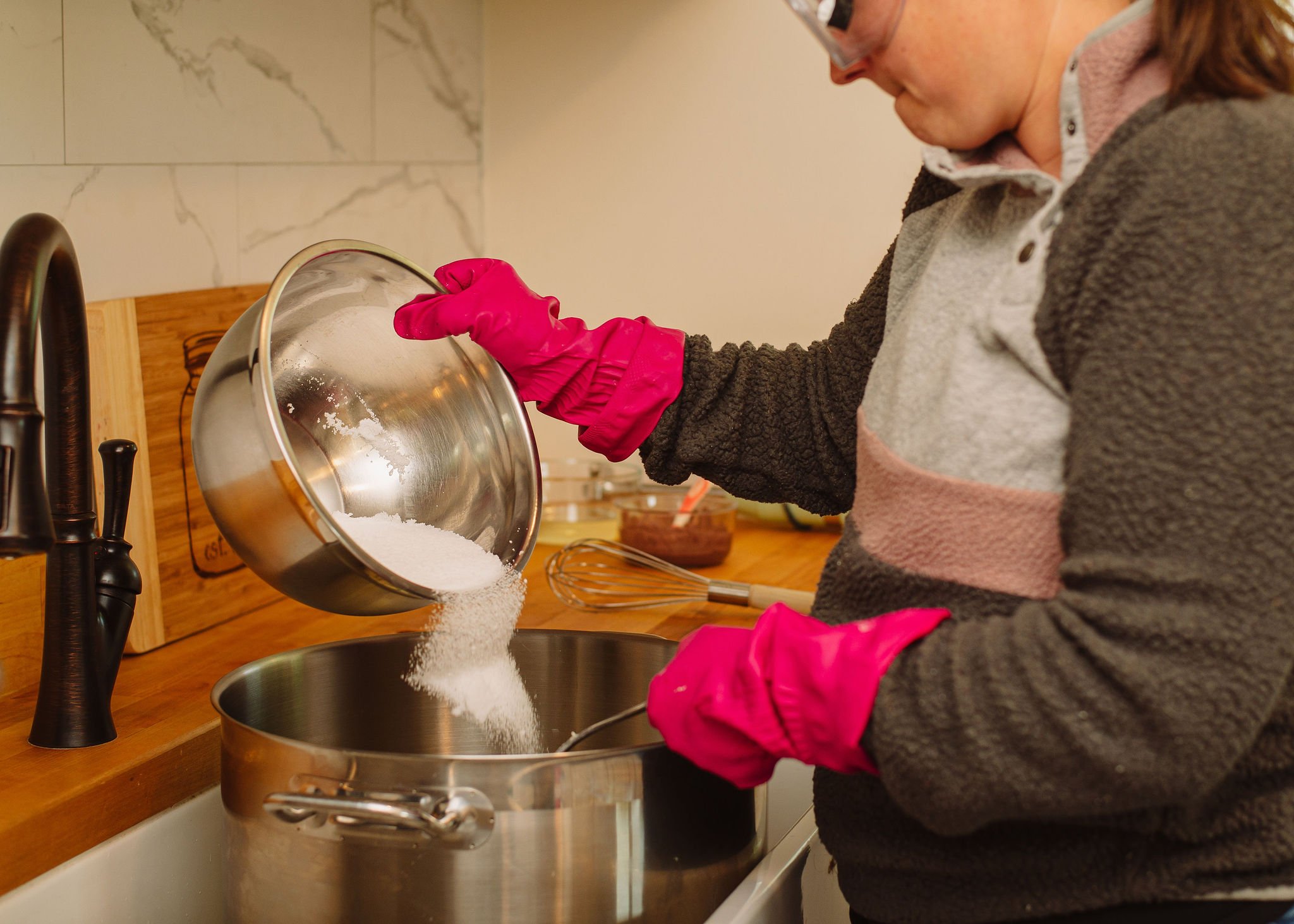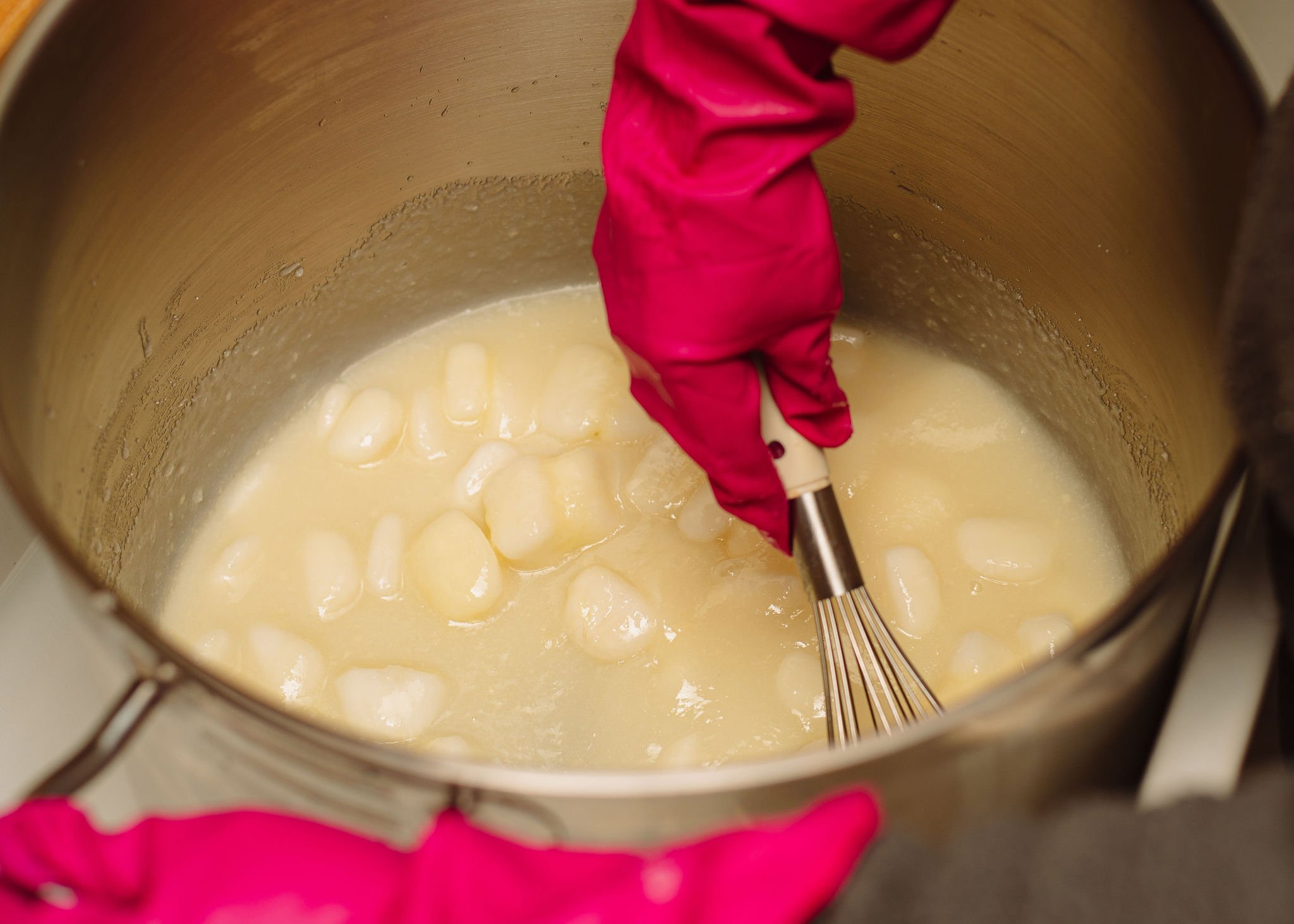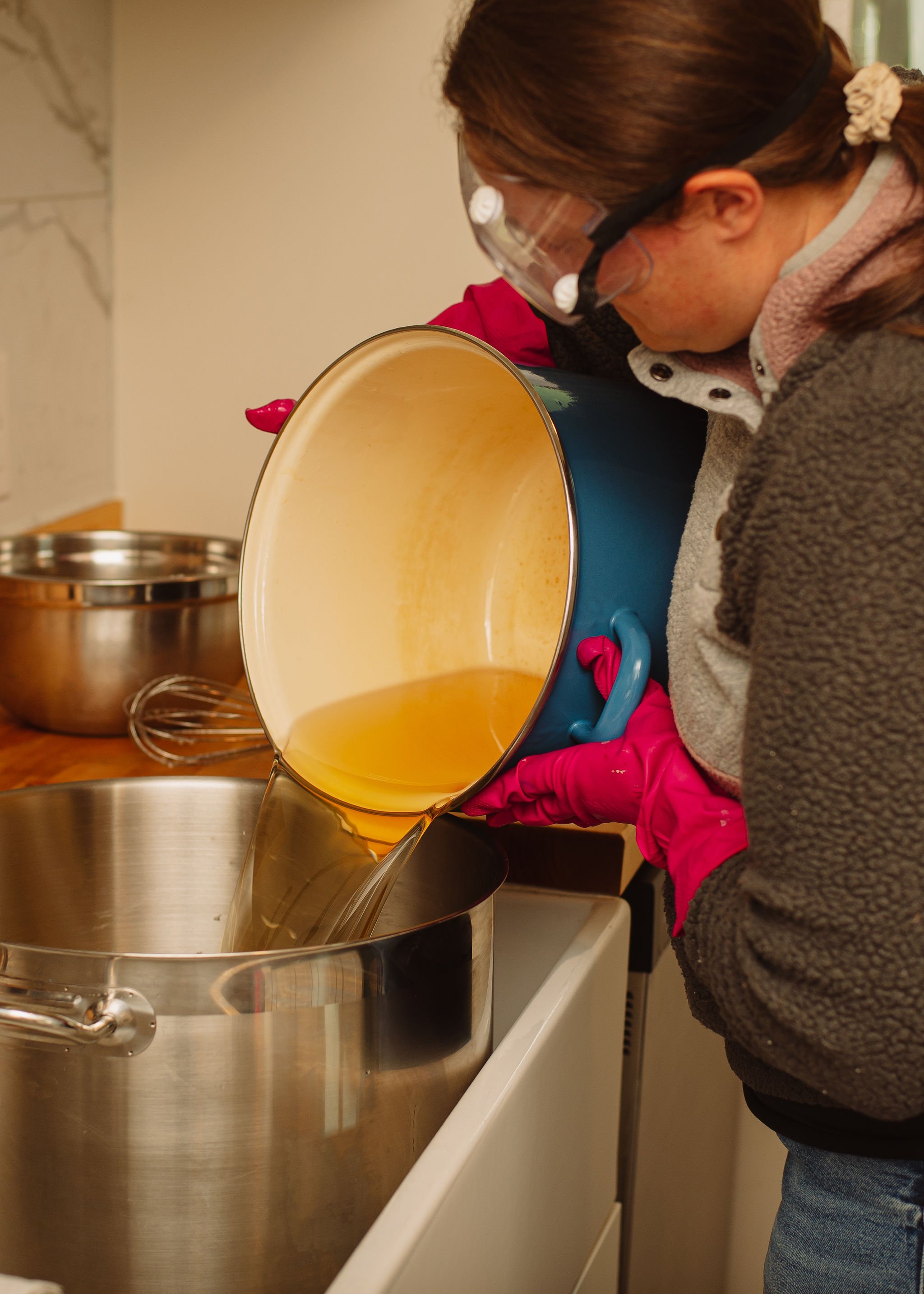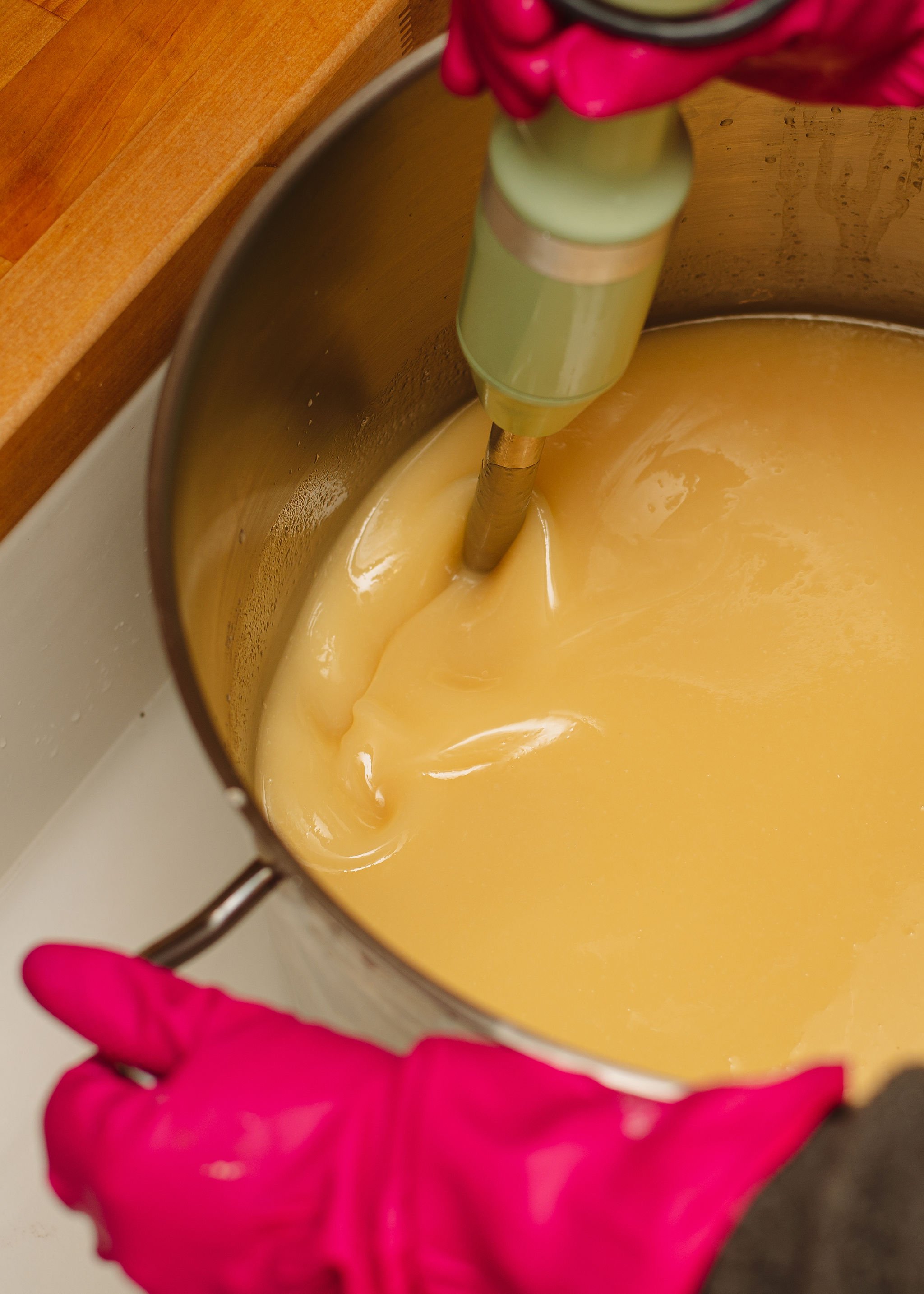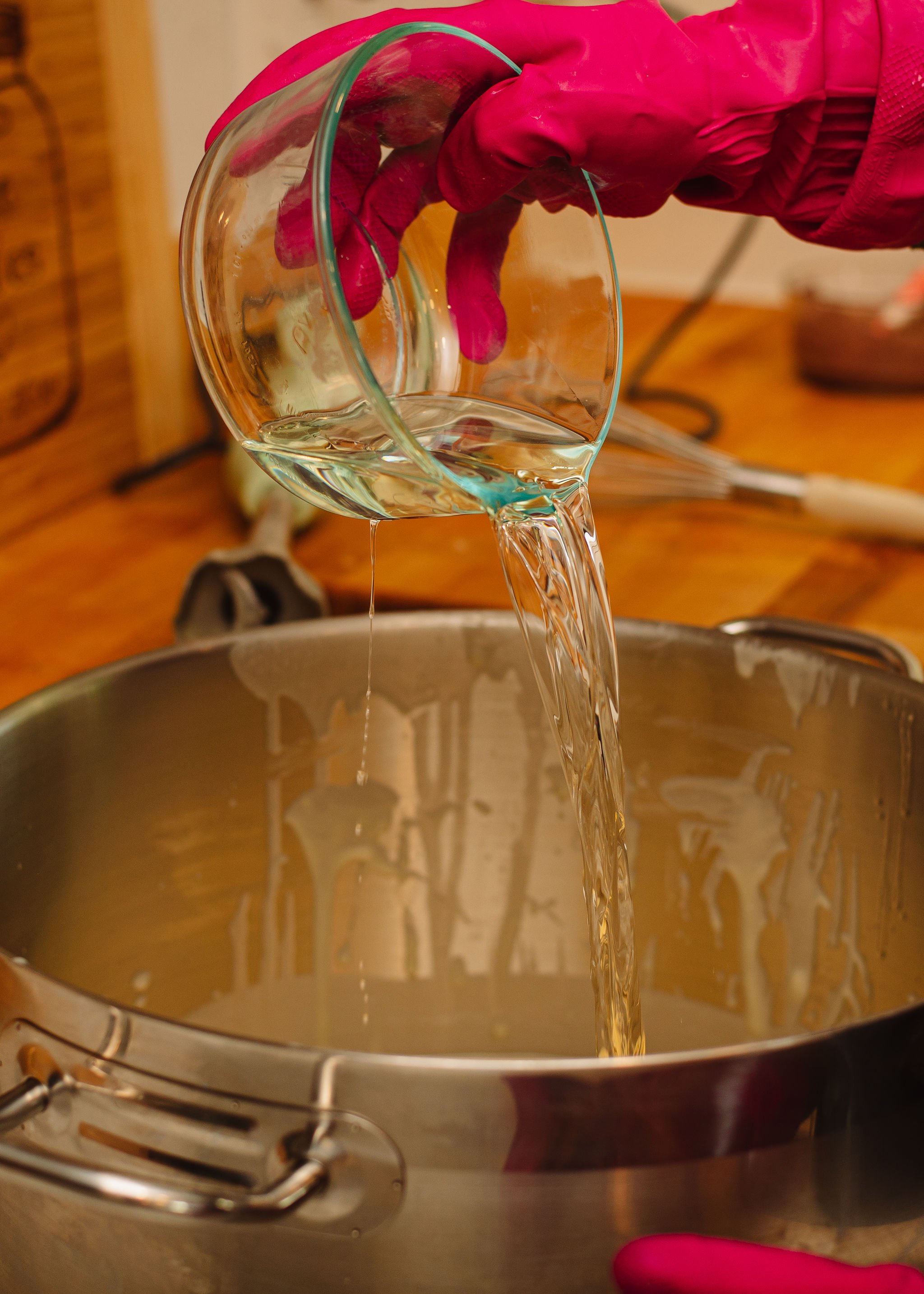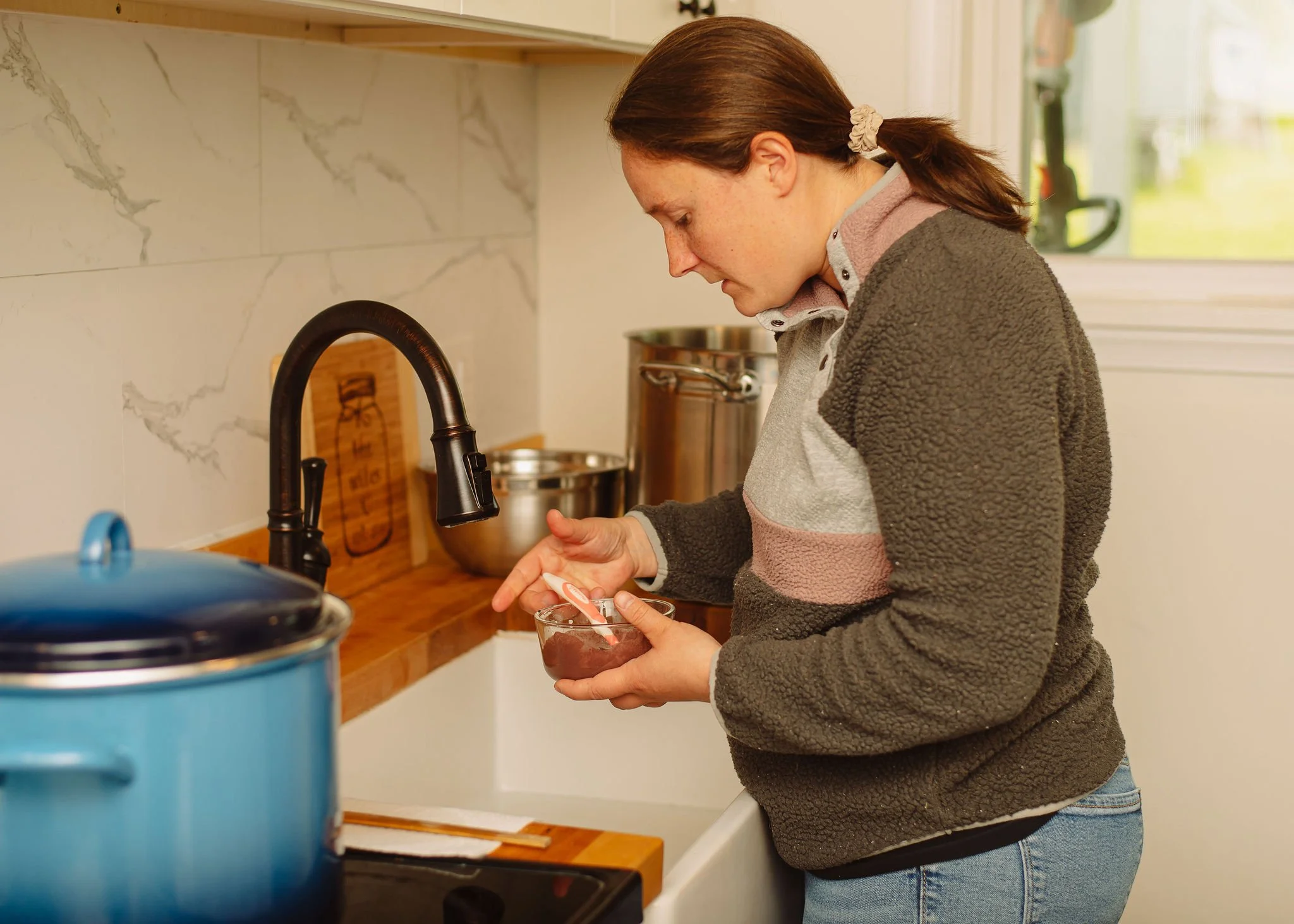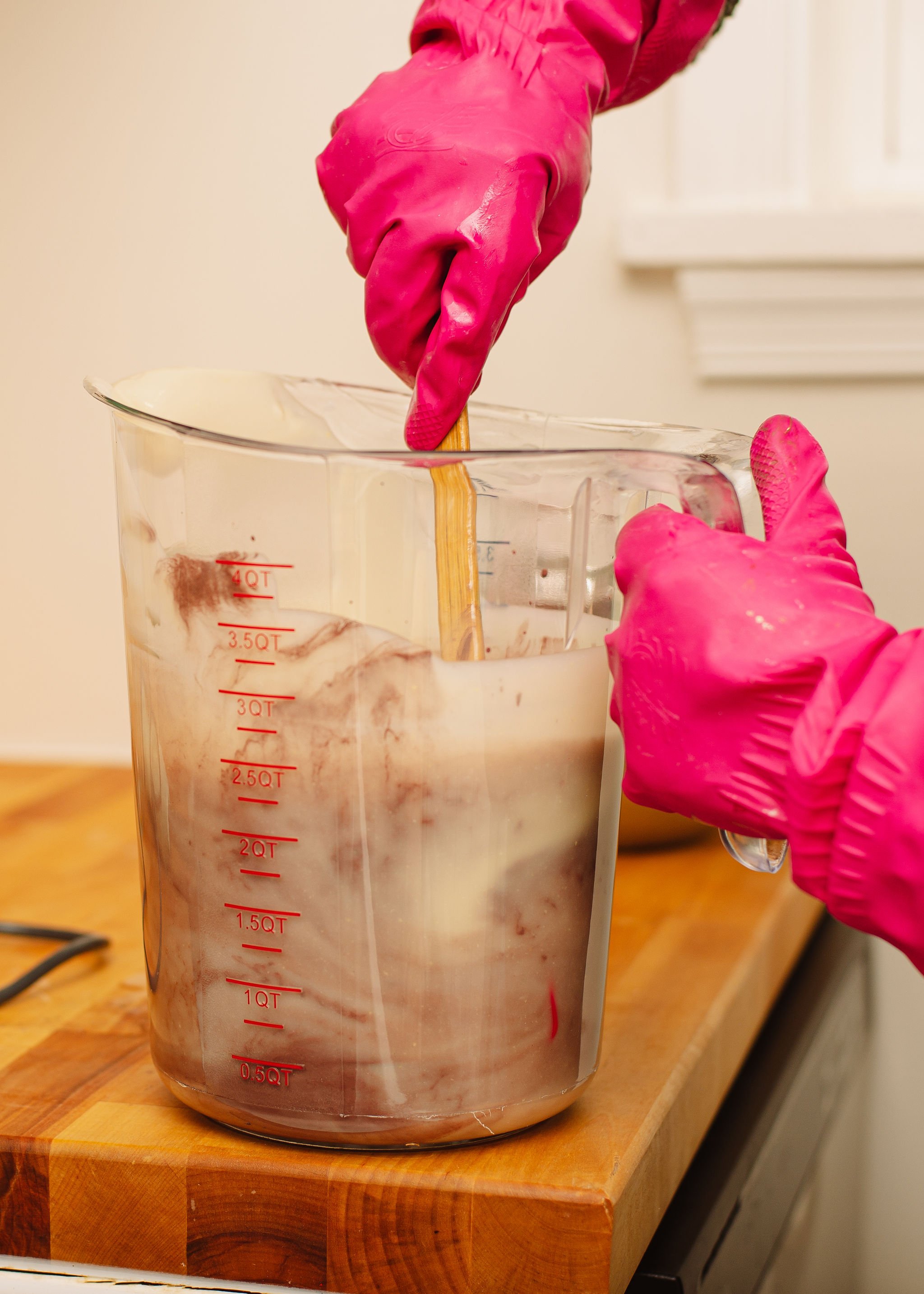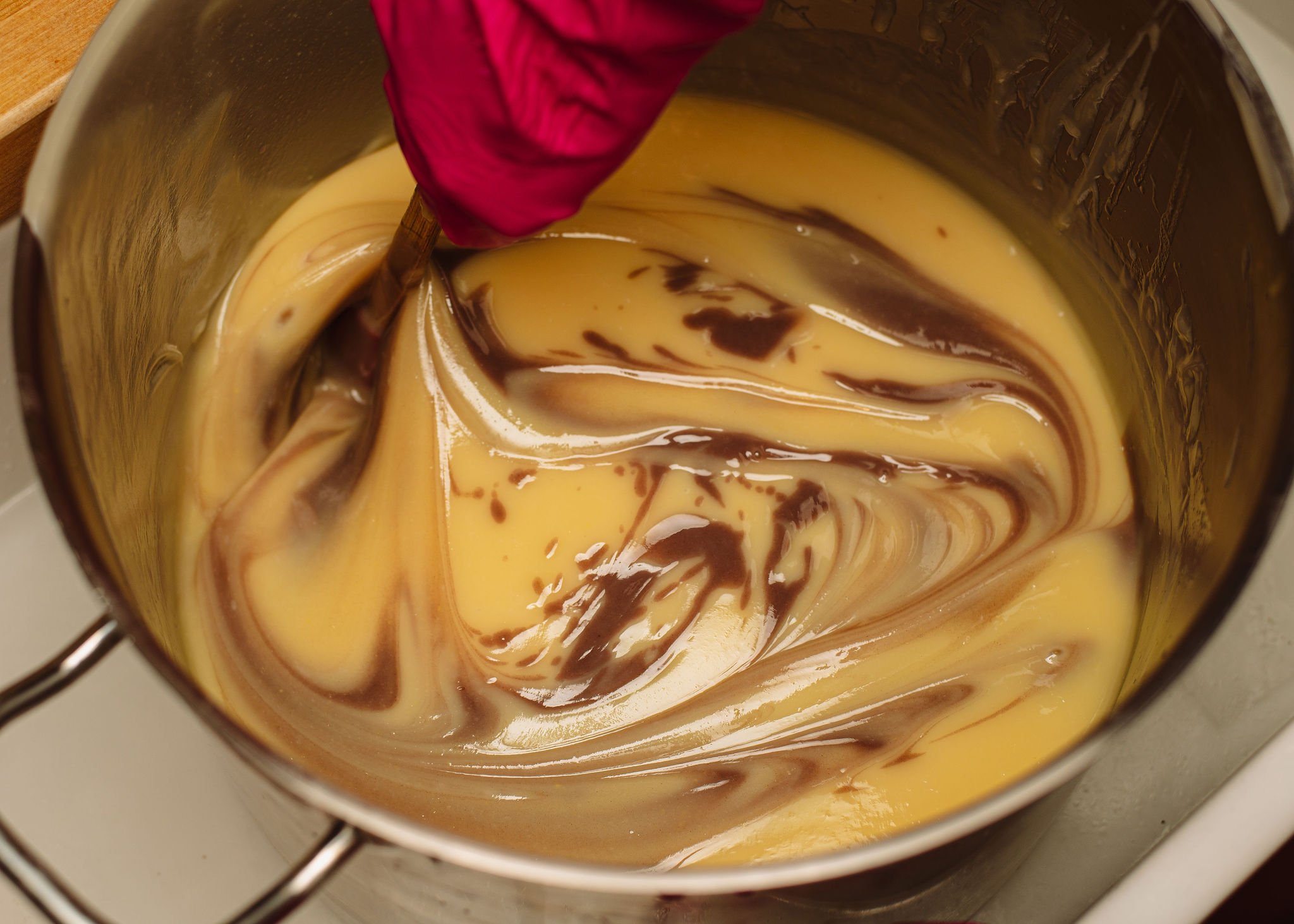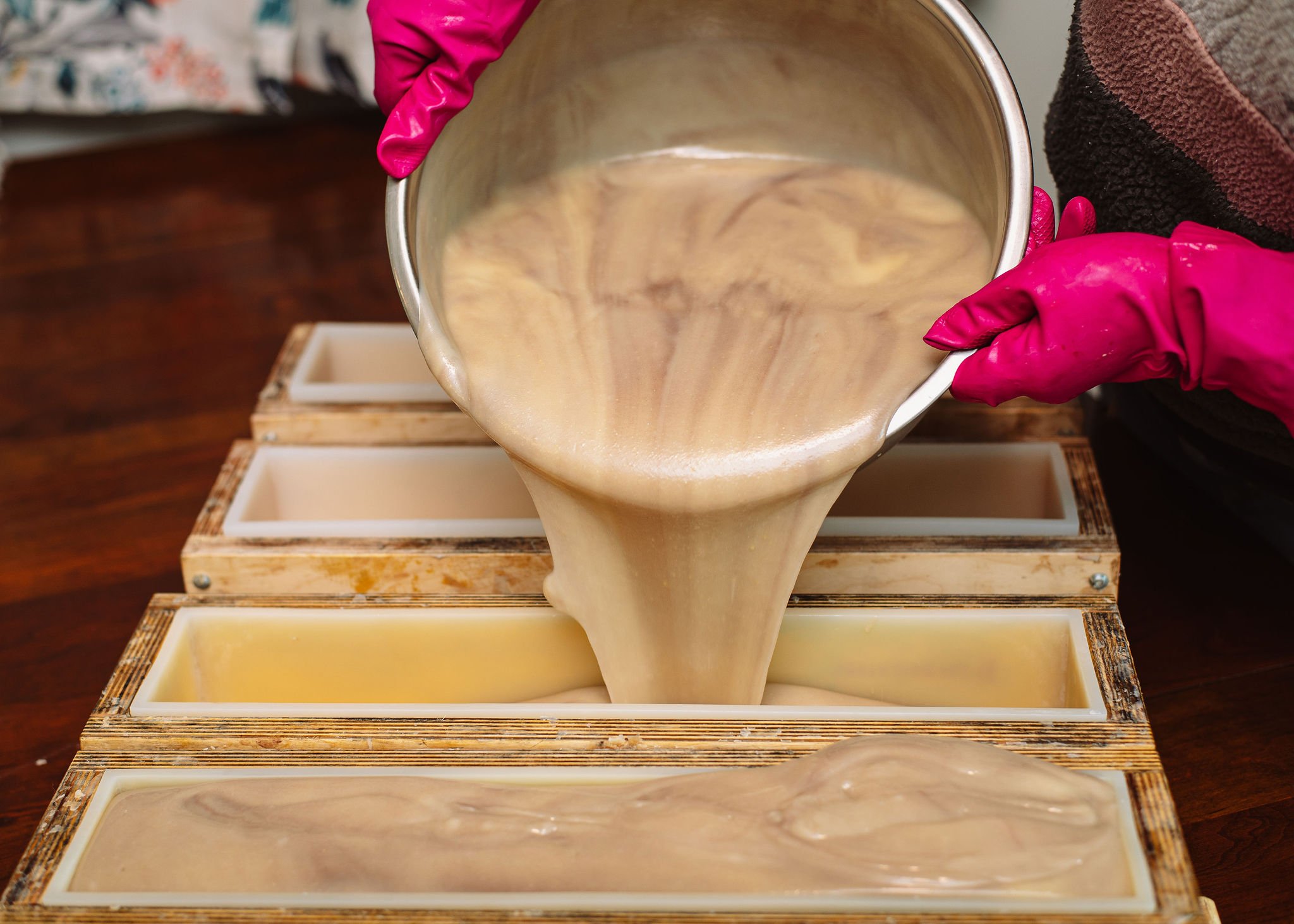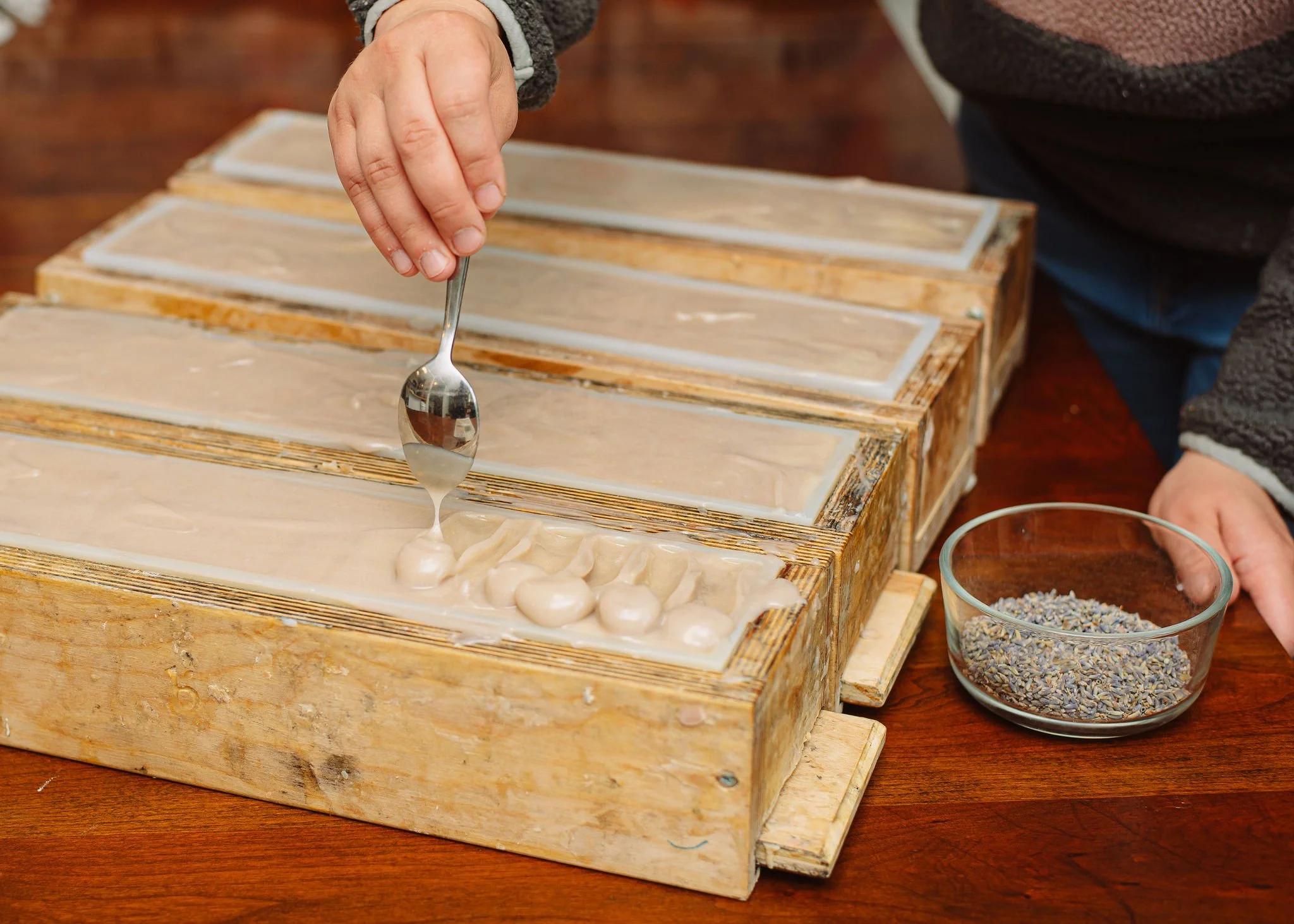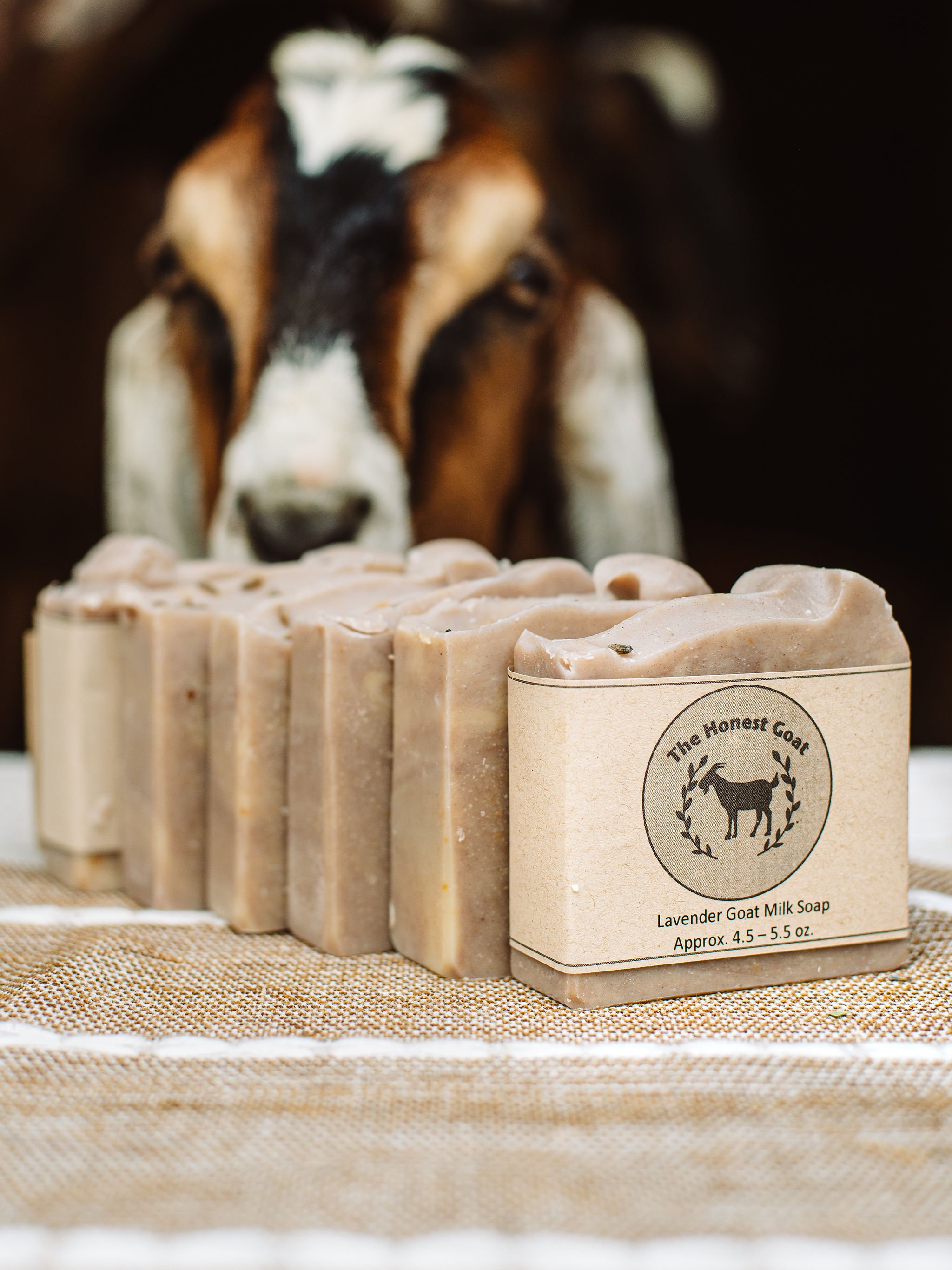Crafting Your Own Goat Milk Soap: A Guide to Cold Process Soapmaking
Creating cold process goat milk soap is a rewarding craft that combines the benefits of natural ingredients with a hands-on creative process. Follow these steps to make your own luxurious bars of soap:
**Ingredients and Equipment:**
Gather your materials, including goat milk, sodium hydroxide (lye), oils or fats, essential oils or fragrance, a mixing bowl, a heat-resistant container, a stick blender, a mold, and safety gear like gloves and goggles.
**Safety First:**
Work in a well-ventilated area and wear protective gear to prevent any contact with lye, which can be caustic. Keep vinegar nearby to neutralize lye spills.
**Prepare Goat Milk:**
Freeze the goat milk in ice cube trays, as adding lye to frozen milk helps prevent scorching and discoloration. Slowly add lye to frozen milk, stirring until dissolved. This mixture will heat up; use a heat-resistant container, preferably stainless steel.
**Melt Oils/Fats:**
Melt your chosen oils or fats in a separate container. Common oils include coconut, olive, lard, and sooooo many more. Heat them gently until they're liquid, then allow them to cool to around 100°F (38°C).
**Mix Lye and Oils:**
Once both the lye-milk mixture and oils/fats are at a similar temperature, slowly pour the lye mixture into the oils while stirring. Use a stick blender to emulsify the mixture until it reaches trace—when the mixture thickens to a consistency similar to thin pudding.
**Add Fragrance:**
At trace, add essential oils or fragrance of your choice. Stir them in evenly to ensure a well-scented soap.
**Pour Into Mold:**
Pour the soap mixture into your chosen mold. Tap the mold gently to remove air bubbles. Some people will cover the mold with a lid or plastic wrap to insulate it, but we just leave ours open.
**Insulate and Cure:**
Place the mold off to the side out of the way and leave for around 24-48 hours until it has set.
**Cut and Cure:**
After setting in the mold, carefully remove the soap and cut it into bars. Place the bars on a drying rack or tray to cure for 4-6 weeks. This curing process allows excess water/milk to evaporate, resulting in harder, longer-lasting soap.
**Enjoy Your Soap:**
Once cured, your cold process goat milk soap is ready to use! The final product should be gentle, nourishing, and fragrant, providing a luxurious experience every time you wash your hands or body.
While this guide provides a basic overview of the process, remember that soapmaking can be a precise science. Always follow safety precautions when handling lye, and experiment with different oils, fragrances, and additives to create your own signature goat milk soap. With practice, you'll master the art of soapmaking and enjoy the benefits of using your very own handmade soap. So, roll up your sleeves, gather your ingredients, and start crafting your cold process goat milk soap today!
**Special Notes
-Your lye/oil ratio needs to be exact! There are many free lye calculators available that allow you to plug in your oils for the perfect lye amount. My personal favorite is The Majestic Mountain Sage. It’s very straightforward and easy to use.
-The temperature around you matters! Soap can get too hot and crack or volcano(pour out) of your mold. If its hot in my house, I will fill my sink with cold water and put my mixing bowl in the water while I blend my oils and lye mixture. This help keeps the temperature down. I have also put a fan on the soaps to help cool them and even put them in my refrigerator on very hot days.
-The number of different oils you can use in soap is almost paralyzing. My favorite resource for looking up oils is Pure Soapmaking by Anne-Marie Faiola. There are a ton of blogs and videos out there too if you just do a quick google search.
-There are a ton of different ways and techniques to make soap and this is only one of them. Start with a basic recipe and and experiment from there.
